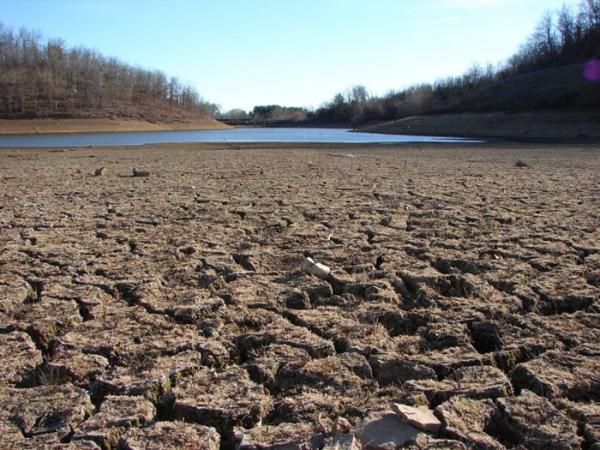
Why is the Southern Hemisphere Getting Drier?

North of the equator, April showers bring May flowers. But in the Southern Hemisphere, April droughts bring doubts.
Since the 1970s, southern Australia — and other areas of the Southern Hemisphere —have seen decreased levels of rain between April and May, which is autumn in that part of the Earth. But what's causing this extended drought?
Previous research has pointed the finger at a southward shift in storm tracks and weather systems during the late 20th century.
But a study published today (Oct. 4) in the journal Scientific Reports takes the explanation one step further. Its findings suggest that changing storm patterns and the ensuing droughts are due to a southern shift in the Hadley cell, the large-scale pattern of atmospheric circulation that transports heat from the tropics to the subtropics.
The southward march of this circulation pattern has been greatest in the autumn, and has disproportionately affected southeastern Australia, according to a release describing the study from the Commonwealth Scientific and Industrial Research Organisation (CSIRO).
In Australia, it's led to a shift in the "subtropical dry zone," a region that stretches around the world and receives little rain, by 125 to 250 miles (200 to 400 kilometers) to the south. That's bad news for ecosystems in the area, which rely on fall rain to recharge.
"For southeastern Australia, autumn is an important wetting season," said study author and CSIRO researcher Wenju Cai in a statement. "Good autumn rainfall wets the soil and allows for vital runoff from follow-on winter and spring rain to flow into catchments."
Sign up for the Live Science daily newsletter now
Get the world’s most fascinating discoveries delivered straight to your inbox.
But researchers don't know what exactly is causing this shift in the Hadley cell, whether it's explicitly due to human-induced climate change and how long the shift may last.
Reach Douglas Main at dmain@techmedianetwork.com. Follow him on Twitter @Douglas_Main. Follow OurAmazingPlanet on Twitter @OAPlanet. We're also on Facebook and Google+.











